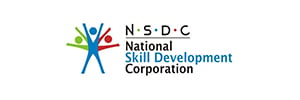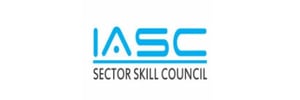"SMEClabs" is a registered trademark of SMEC Automation Pvt. Ltd. © 2024 SMEClabs All rights reserved

78%
Alumni Career Transitions
5200+
Hiring Partners
60%
Avg Salary Hike
22
Years of R & D in Syllabus
SMEClabs provides a Python Full Stack Development Course which will help you to learn the basics of Python, conditional statements, data operations, and Django. This Python certification course provides you with hands-on project experience and develops you for a promising and secured career as a Python Full Stack Developer. Python is called a beginner’s language. Python is an open-source, general-purpose, simple, versatile programming language. It’s a high-level language that is concise and easy to read. Whatever you want to do, like if you want to build a game, Python can do it. From web development to data science, Python is the best language to use.
What is Kivy?
Kivy Introduction & Installation
Widgets
Label Widget in Kivy
Textinput widget in kivy
Canvas in kivy
Line (Canvas) in kivy
Checkbox widget in Kivy
Dropdown list in kivy
Window size Adjustment in Kivy
Scrollview widget in kivy
Carousel Widget In Kivy
BoxLayout widget in Kivy
Slider widget in Kivy
Add image widget in Kivy
Popup widget in Kivy
Switch widget in Kivy
Spinner widget in kivy
What is SEO
SEO Guidelines
AWS hosting
Introduction to AWS
AWS Fundamentals
EC2 Instance in AWS
Docker

** The above is the lite syllabus and doesn’t cover the full syllabus. To get full syllabus Book a Free Demo Now
Certifications & Accreditations






Mode of Training
5 months +
Learning Content + Practicals
Because of its ease of use, this language is used to solve complex new technologies. If you compare it with other languages Python only requires a few lines of code.
Yes, SMEClabs provides placement you can visit this website Placementshala to get more details regarding the placements.
After getting the Python course, there will be a huge opportunity waiting for you! You can work as a Python programmer or web developer. You can also create an amazing future in Machine Learning, Data Science, and Artificial Intelligence. .
Yes! Python is also called a beginner’s language. It reads like English. Even if you don’t have any prior experience in coding, you can understand the Python language.
If you are a beginner, having a basic knowledge of programming is more than enough to learn the Python language. After our Python training course, you can even work as a freelancer. With proper knowledge and experience, you can also learn new technologies like Data Science and AI.
Both languages are open-source and are widely used in different applications. Learning both languages will benefit you to understand all aspects. Java is comparatively more complex than Python. Learning Python first can help you to get a strong base in programming languages.
SMEC, one of India’s first worldwide EPC contractor company globally recognized for its distinctive services specifically in Marine & Industrial Automation, Instrumentation, Electrical, Pneumatics, Hydraulics and Mechanical sectors which started its journey in 2001. It has a R&D and training division SMEClabs which caters job-oriented training in various domains which helps an aspiring engineer /fresher or professionals to get a jump start to their career.
SMEClabs
INDIA
2nd Floor Kaloor Bus stand Complex Cochin.
Ph: +91 9958873874
[email protected]
"SMEClabs" is a registered trademark of SMEC Automation Pvt. Ltd. © 2024 SMEClabs All rights reserved